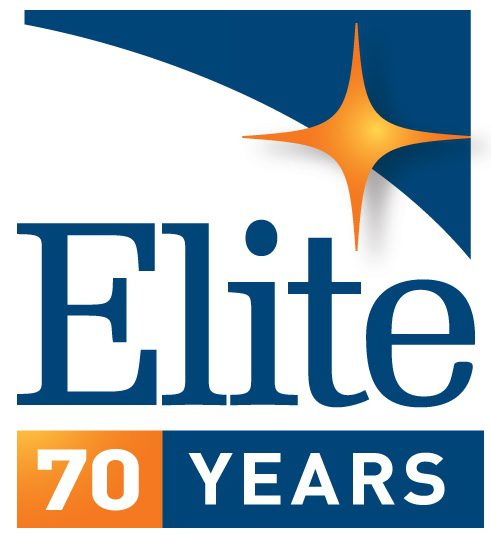January 24, 2024
High voltage DC on Electric Vehicles (EVs) presents significant design challenges for engineers developing inverters, DC/DC supplies, and other electric powertrain components. Enabling this EV technology are wide band gap semiconductors like Silicon Carbide (SiC) and Gallium Nitride (GaN) which switch faster and can operate at much higher voltages and currents. The inductance associated with these systems as well as the inductance from electric motors produce Ldi/dt kickback voltages and spikes that can damage or affect components connected to HVDC lines. These transients can also couple on the low voltage bus to create issues for downstream vehicle electronics, as well as interfere with nearby radio receivers.

To validate the performance of vehicle electronics and ensure electromagnetic compatibility (EMC), new test standards have been developed for HVDC systems. Many of these methods are prescribed in OEM specifications, but three industry consensus standards have been released for this purpose, they are:
- ISO 21498-2
- LV 123
- ISO 7637-4
This article outlines ISO 7637-4 which addresses emissions and immunity associated with electrical transients for HVDC components. The standard covers passenger and commercial vehicles powered at voltages between 60Vdc and 1500Vdc. It applies to battery electric vehicles, hybrid electric vehicles, and plugin hybrid electric vehicles.
The characteristics of electrical transients on the HVDC bus are complex, but two waveforms have emerged as composite transient immunity models for the EV power bus environment. These conducted pulses are developed in a way to be accurately reproducible using commercially available test equipment.
The first, Pulse A, is a transient burst-set of high frequency (1-10MHz) sinusoidal packets that are applied at amplitudes of up to 100Vp-p. Pulse A represents the ringing transients caused by fast-switching SiC and GaN power MOSFETs.


Pulse B is similarly a sinusoidal based waveform but it covers lower frequency HVDC transients. It is applied to evaluate the effects of sinusoidal waves generated by traction motors and others system motors driven at HVDC. The Pulse B transient is also representative of the disturbance from mains power harmonics that can couple to the vehicle during charging.

Pulse A and Pulse B severity levels, test durations, and performance classifications are listed in Annex A of ISO 7637-4, but as is the case with all industry standards the end use application of the standard is tailored to the equipment and vehicle platform, and in accordance with OEMs specifications.

Additionally, ISO 7637-4 describes a procedure for measuring HVDC conducted transient emissions. Emissions are measured across the HV+ and HV- (line to line) and between HV+ and GND, HV- and GND (line to ground). The key equipment for emissions testing includes a High Voltage Artificial Network (HV-AN) rated for the voltage and current, and a differential probe connected to an oscilloscope. Plots are captured to evaluate the ON-OFF and OFF-ON transients that HV equipment produce on the HVDC lines. Annex B of ISO 7637-4 outlines a framework for quantifying these transients for amplitude, rise-time, durations, etc. The evaluation of the transient characteristics is documented in the report but the actual limits and requirements are generally left to the end user or vehicle OEM to define.

Elite can perform conducted immunity testing per Pulse A and Pulse B and can measure the conducted transient emissions. Specialized equipment used at Elite for this purpose includes shielded high voltage artificial networks (HV-AN), high voltage DC power supplies and loads, along with the pulse generation equipment.
Recently, Elite’s large 1000V/1000A HV test system arrived at its Downers Grove headquarters and awaits commissioning in the high-voltage lab. This equipment is uniquely capable of performing Pulse A and Pulse B immunity transients along with other HVDC transients such as those in ISO 21498-2 and LV123. The related ISO and LV standards include voltage variations, interrupts, and other HVDC conditions that may impact EV performance. More information on these standards and test services is planned in our next blog.
